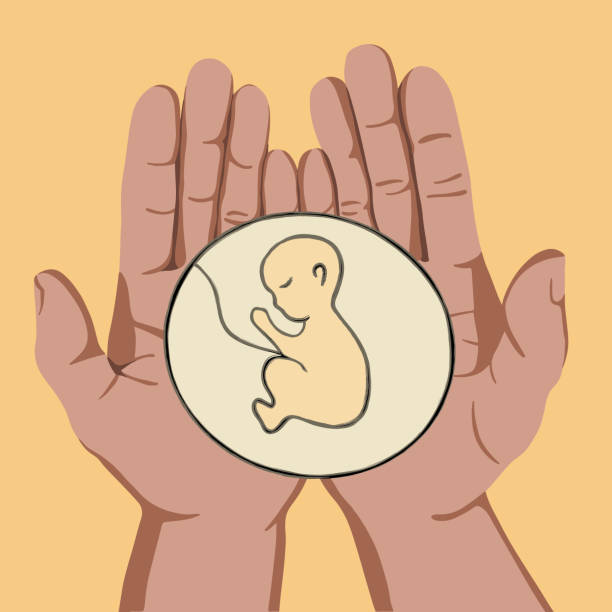In the intricate landscape of assisted reproductive technologies, embryo freezing, also known as cryopreservation, has become a pivotal tool in helping individuals and couples realize their dreams of parenthood. This article explores the significance of embryo freezing, the process involved, and the ways in which it offers hope, flexibility, and new possibilities on the path to building families.
Understanding Embryo Freezing:
Embryo freezing is a technique within the field of assisted reproductive technology (ART) that involves preserving embryos at sub-zero temperatures for future use. Typically performed as part of in vitro fertilization (IVF) treatments, embryo freezing allows individuals and couples to store viable embryos for later transfer into the uterus, offering an effective solution for family planning.
The Embryo Freezing Process:
Ovarian Stimulation and Egg Retrieval:
The journey begins with ovarian stimulation and egg retrieval. Fertility medications are administered to stimulate the ovaries, leading to the collection of multiple eggs during a minor surgical procedure.
Fertilization and Embryo Cultivation:
The retrieved eggs are fertilized with sperm in a laboratory setting, and the resulting embryos are cultured for a few days. This cultivation period allows embryologists to assess the quality and viability of the embryos.
Embryo Freezing:
Once embryos reach a suitable developmental stage, they undergo cryopreservation through a process known as vitrification. This involves rapid cooling to extremely low temperatures, preventing the formation of ice crystals and preserving the embryos’ integrity.
Storage:
The frozen embryos are then stored in specialized cryogenic containers, maintaining their viability until the individual or couple decides to use them for future implantation.
Benefits of Embryo Freezing:
Increased IVF Success Rates:
Embryo freezing significantly enhances the success rates of IVF treatments. By freezing viable embryos, individuals and couples can undergo multiple IVF cycles without the need for repeated ovarian stimulation and egg retrieval.
Fertility Preservation:
Embryo freezing is a powerful tool for fertility preservation. Individuals facing medical treatments such as cancer, which may impact fertility, can freeze embryos before undergoing treatment, preserving the possibility of biological parenthood in the future.
Family Planning Flexibility:
Embryo freezing provides flexibility in family planning, allowing individuals or couples to delay embryo transfer until a more opportune time. This is particularly beneficial for those focused on career advancement or other life goals.
Mitigating Age-Related Fertility Decline:
For women concerned about age-related fertility decline, embryo freezing allows them to preserve embryos during their reproductive prime, providing a strategic approach to family planning.
Considerations and Limitations:
Success Rates:
While embryo freezing significantly improves success rates, not all embryos will result in a successful pregnancy. Success rates can vary based on factors such as the age of the woman at the time of embryo creation.
Ethical Considerations:
Embryo freezing may raise ethical considerations, particularly concerning the fate of unused embryos. Open communication with fertility specialists and the establishment of clear plans can help address these ethical concerns.
Conclusion:
Embryo freezing stands as a beacon of hope in the realm of assisted reproductive technologies, offering individuals and couples the opportunity to preserve the potential for biological parenthood. By providing increased success rates, fertility preservation options, and the flexibility to align family planning with individual circumstances, embryo freezing plays a crucial role in shaping the narratives of hope and fulfillment on the journey to parenthood.






